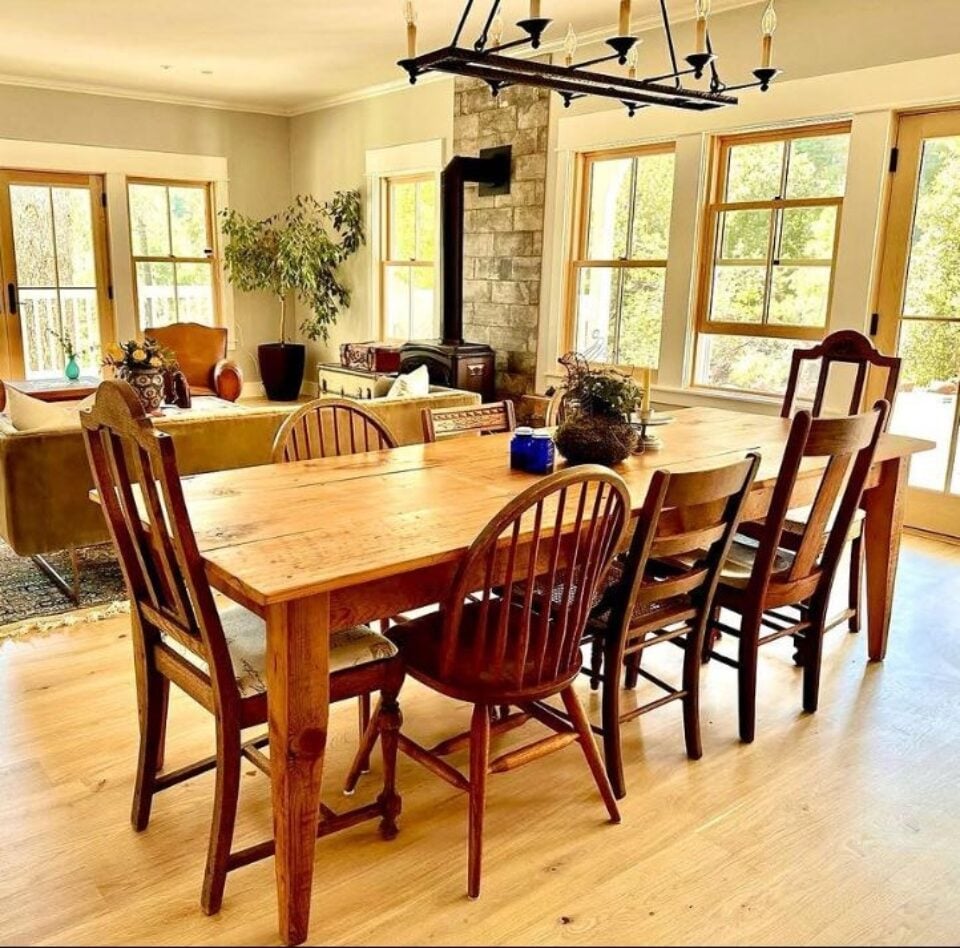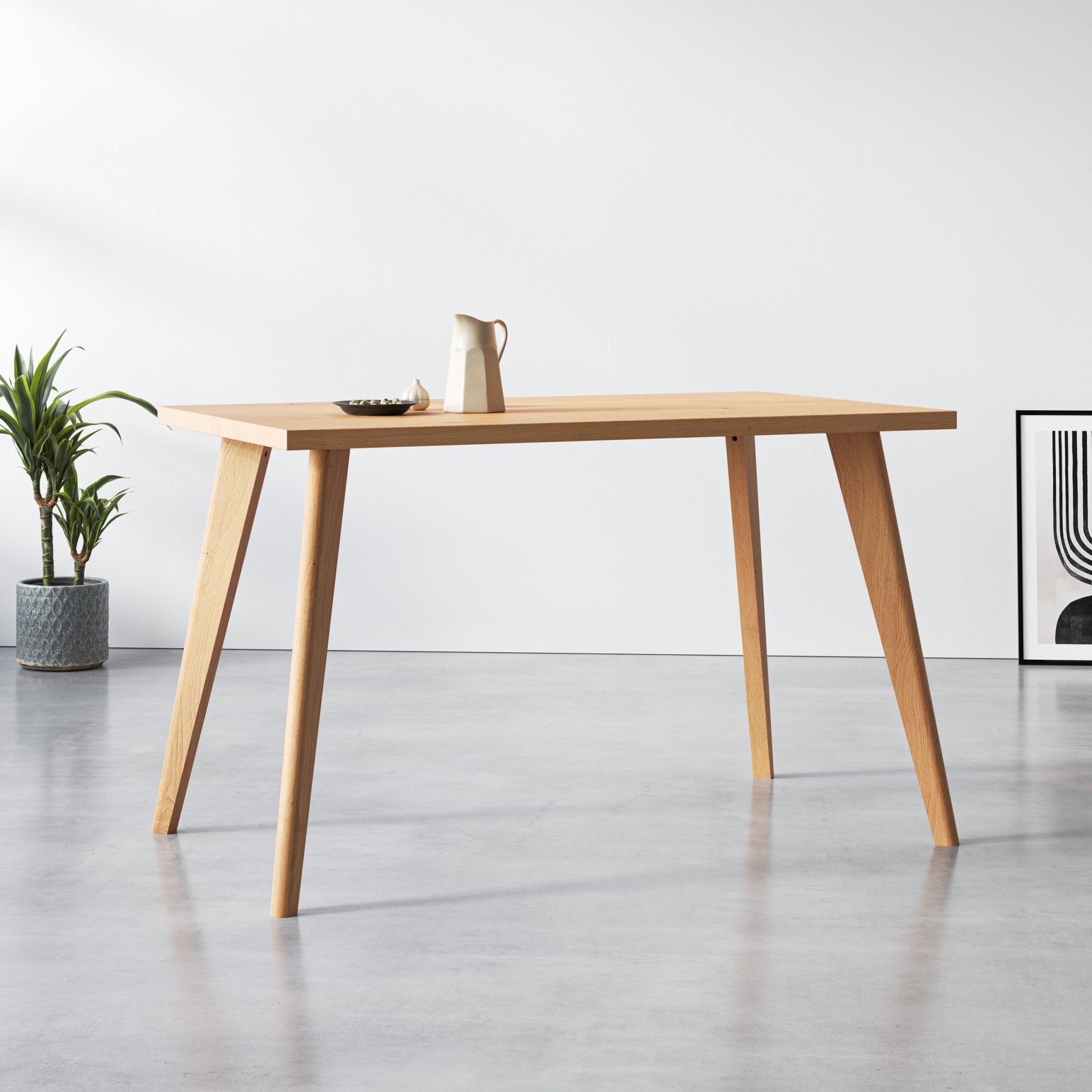Secret Factors to Remember for Table Legs Timber Choices
When picking timber for eating table legs, numerous important elements require mindful consideration to make certain both capability and aesthetic appeal. The selection of wood type, identified by its sturdiness and special grain patterns, plays a crucial role in the total style and longevity of the piece.
Wood Types and Qualities
When picking timber for eating table legs, it is essential to understand the distinct qualities of different wood types. Different woods offer distinct advantages and disadvantages, affecting both the durability and aesthetic allure of the ended up item.
Oak, known for its excellent longevity, also includes a popular grain that can add character to the table. Cherry timber, with its rich shade that grows over time, provides an elegant appearance however may need more upkeep to prevent scratches.
On the other hand, softwoods like want and fir are a lot more budget friendly and less complicated to work with, yet they are less resilient than hardwoods. Pine is light-weight and features a warm, rustic appearance, making it a preferred choice for laid-back eating setups. Nevertheless, it is much more vulnerable to scratches and dents.
Recognizing these features will aid in making an educated decision to make certain the legs of the dining table fulfill both practical and visual requirements.
Grain Patterns and Aesthetic Appeal
The timber's grain is not merely a visual characteristic; it conveys an one-of-a-kind individuality and appeal to each piece. Various timber varieties exhibit unique grain patterns, ranging from the straight lines of maple to the detailed swirls of oak and the striking figure of walnut.
Moreover, the orientation and range of the grain can affect the viewed size and style of the table. Bigger, a lot more noticable grains may lend a vibrant, remarkable impact, while finer, subtler grains can create an improved, downplayed look. Additionally, the ending up process can further boost these patterns, highlighting the natural elegance of the timber and bringing out abundant shades.
Eventually, the choice of grain pattern need to integrate with other layout aspects, such as the tabletop and bordering furniture, making sure a cohesive visual that elevates the eating experience. Thoughtful selection of timber grain not only adds to the table's beauty yet also mirrors the owner's preference and style.
Sturdiness and Strength
The resilience and toughness of eating table legs are vital considerations for making certain longevity and security in any dining room. Picking the best wood is vital, as different types exhibit varying degrees of durability.

Inevitably, purchasing high-grade wood and robust construction methods will yield a table that stands the test of time, while giving a reputable structure for plenty of meals shared among household and good friends. Prioritizing longevity and strength makes certain that your table continues to be practical and cosmetically pleasing for several years to come.
Upkeep and Care
Appropriate upkeep and treatment are important for maintaining the toughness and stamina of table legs made from timber. Normal cleansing is necessary; utilizing a soft, moist fabric ensures that dust and particles do not gather, which can result in scrapes and monotony. It is suggested to prevent severe chemicals or rough materials that might harm the surface.
Furthermore, applying a suitable timber gloss or wax periodically can help preserve the shine and protect the wood from wetness and spills. It is vital to comply with the producer's recommendations regarding the kind of product to utilize, as specific finishes might react adversely to details chemicals.
Humidity and temperature level fluctuations can also affect wooden table legs, triggering them to warp or crack. It's ideal to put the table away from straight sunshine and heat sources. Attending to these without delay can prevent additional damages. if the table legs have any kind of dents or scratches.
Last but not least, periodically checking the joints and screws for rigidity is you could try these out important to maintain structural stability (Dining Table Legs Wood). By sticking to these upkeep techniques, property owners can guarantee their wood dining table legs stay functional and enticing for years ahead
Environmental Considerations
When choosing timber for eating table legs, it's vital to take ecological factors to consider right into account. The sourcing and sustainability of timber are extremely important in decreasing environmental effect. Choosing timber from licensed sources, such as those backed by the Forest Stewardship Council (FSC), ensures that the timber is harvested sensibly, advertising forest conservation and biodiversity.

Additionally, local sourcing of wood decreases transportation emissions, supporting local economies while lessening ecological influence. It is additionally suggested to be knowledgeable about the timber's treatment and finishing processes, as particular chemicals can be unsafe to both human wellness and the setting. By prioritizing sustainable timber selections, customers can contribute to environmental conservation while appreciating the durability and elegance of their eating table legs.
Final Thought
To conclude, selecting timber for eating table legs requires careful consideration of numerous elements, consisting of wood kinds, grain patterns, and toughness. The aesthetic appeal of unique grain patterns can boost the general design, while the toughness of hardwoods ensures long life. Maintenance requirements and ecological sustainability additional impact wood choices, stressing the significance of sourcing from certified or recovered materials. A notified selection procedure ultimately adds to a practical and aesthetically attractive dining room that aligns with lasting practices.
When picking timber for dining table legs, a check over here number of essential elements call for mindful consideration to make sure both capability and aesthetic appeal.Correct maintenance and treatment are essential for maintaining the resilience and stamina of eating table legs made from timber.When choosing timber for eating table legs, it's essential to take environmental considerations see this page right into account. By focusing on lasting timber choices, consumers can contribute to environmental conservation while enjoying the sturdiness and appeal of their eating table legs.
In verdict, picking wood for eating table legs necessitates careful consideration of various elements, including wood types, grain patterns, and resilience. Dining Table Legs Wood.